Writing Teaching Resources
Teaching writing strategies and the writing process this school year? Explore a comprehensive collection of teacher resources for primary English teachers — all created by teachers!
Stocked with graphic organisers, writing prompts, templates, worksheets and so much more, this collection of printable and digital activities is designed to help you as you help your students become more effective communicators and unleash their creativity and imagination.
Save time on lesson planning with resources that are aligned with the Australian curriculum (including version 9!) and have been through a careful review process by an expert member of our teacher team to ensure they're ready for your classroom and your students!
Are you looking for tips and tricks to add to your teacher toolkit this school year? Read on for a primer from our teacher team, including engaging activities for teaching writing inprimary school and a look at some of the different writing strategies your students will need to learn.
11 Writing Strategies Kids Should Know by the End of Primary School
We can't talk about teaching kids to write without talking about the different writing strategies that can help them do just that!
When it comes to teaching our students to become confident writers who articulate their ideas effectively, here are some of the strategies our teacher team prioritises:
1. Brainstorming
Brainstorming is something we often do in the classroom, and it's a crucial part of learning to generate the ideas that will drive students' writing as they progress through their educational journey. Kids should know how to create a list of potential topics or points related to a particular writing assignment.
With younger students, this is often done as a whole group by writing ideas and points on chart paper. In upper years, students transition over to using text-based materials to generate ideas and talking points.
2. Outlining
Before diving directly into any assignment, our students should be able to create a structured framework or outline. Teaching students how to create this outline will help them organise their thoughts and arguments for penning their essays, reports and research papers.

3. Using Graphic Organisers
Technically graphic organisers are classroom tools, so you may not think of their use as a writing strategy per se. However, learning to use these tools is another means of providing kids with the tools they need to organize their ideas and information before they sit down to write.
These organisers are particularly useful for expository writing — students can use them to outline main ideas, supporting details, and transitions.
Students can also take advantage of story maps when they are working on narrative writing to plot the key elements of a story, such as characters, setting, conflict, rising action, climax and resolution.
Graphic organisers such as the OREO strategy and hamburger paragraph are also great tools for students to use when working with opinion and persuasive texts.
4. Freewriting
Writer's block is the enemy of creativity, and it can easily frustrate young students who don't know where to begin.
When students freewrite, they write continuously without worrying about grammar or punctuation. This writing strategy can be extremely freeing — hence the name! — and helps frustrated writers move past that writer's block, generating fresh ideas.

5. Peer Editing
Learning to review and provide constructive feedback on each other's work is a great writing strategy to employ in your classroom to help students improve their writing quality and enhance their editing skills.
The strategy allows your students to learn from one another, and it arms them with an important tool they can use well into the future — calling on peers to provide a critical eye to a piece of writing.
6. Using Sensory Language
Working on descriptive writing? With this writing strategy, students engage the reader's senses through vivid and sensory language to create a more immersive experience.
7. Including Transitions and Connectives
As students become more proficient in the writing process, learning to use transitional words and phrases allows them to create smooth transitions between sentences and paragraphs. This strategy makes their writing more coherent and polished.
8. Incorporating Evidence
In persuasive, opinion and expository writing, students are taught to support their claims with evidence and examples to strengthen their arguments.
It takes some practice to train your students to use evidence in their writing, so it's often a good idea to start with something simple, like the R.A.C.E.S. strategy.
9. Crafting a Thesis Statement
In expository, opinion and persuasive writing, crafting clear and concise thesis statements that summarise the main point or argument of their essay helps students be more focused and organised in their writing.
This strategy can also have the effect of empowering students to express their ideas confidently and persuasively.
10. Incorporating Introductions and Conclusions
With this strategy, students practice crafting effective introductions and conclusions that grab the reader's attention and leave a lasting impression.
11. Following a Revision Checklist
Teaching your students to use a revision checklist is a strategy that will help them be more self-reflective, evaluating their own writing against the checklist criteria and becoming more aware of their strengths and weaknesses.

- Plus Plan
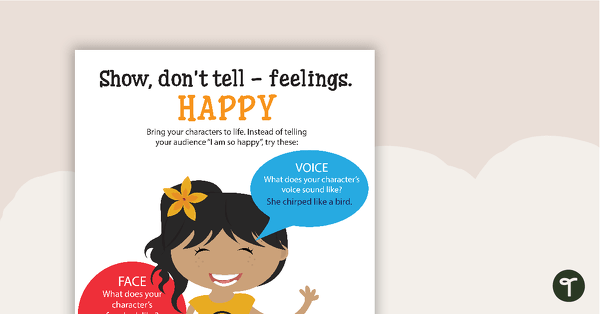
Developing Characters Poster Pack - Show, Don't Tell Feelings
A set of 16 posters about developing and describing characters when writing stories.
- Plus Plan
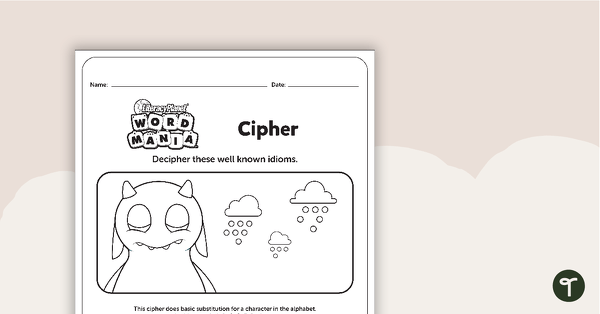
Cipher Worksheets - Levels 4, 5 and 6
3 cipher worksheets.
- Plus Plan
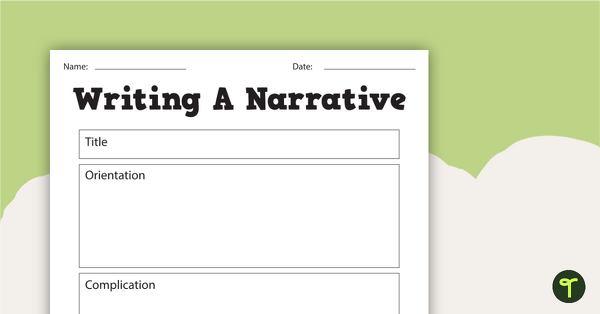
Narrative Writing Pack
A narrative writing teaching pack containing 9 worksheets and posters.
- Plus Plan
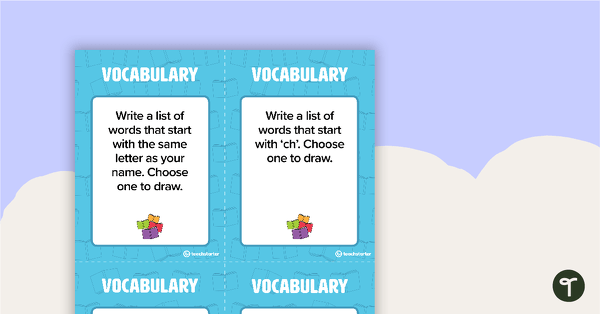
Fast Finisher Vocabulary Task Cards - Lower Grades
A set of 16 vocabulary task cards.
- Plus Plan
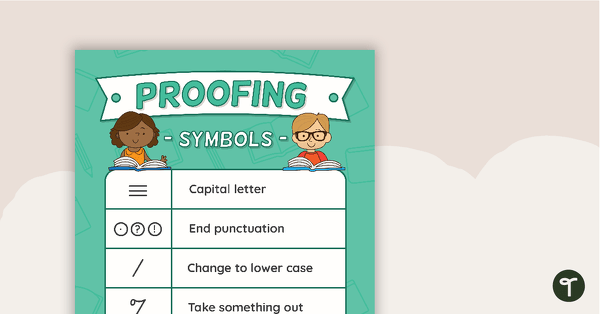
Editing Symbols Chart
Use this editing symbols chart to help simplify the proofreading process for your students.
- Plus Plan
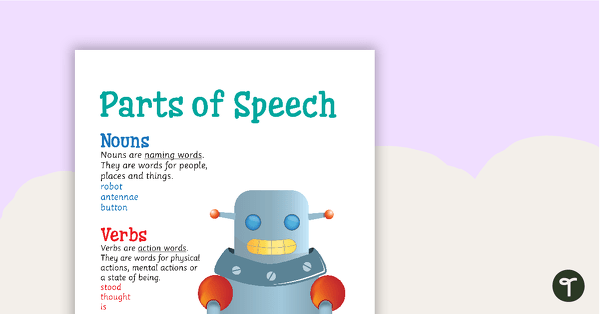
Parts of Speech Poster
A poster introducing students to nouns, verbs, adjectives, adverbs, and adverbial phrases.
- Plus Plan
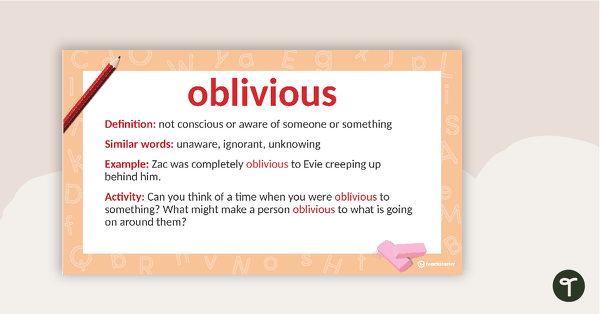
Word of the Week PowerPoint - Year 5
A 40 slide PowerPoint Template for introducing new vocabulary to year 5 students.
- Plus Plan
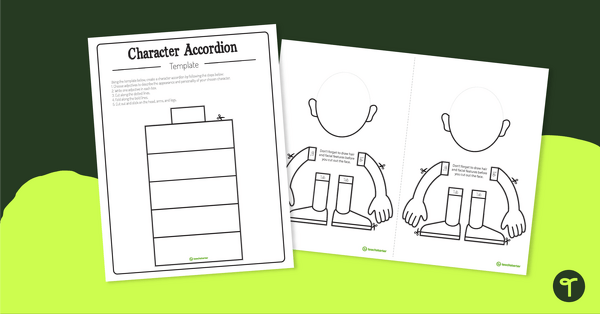
Character Adjective Concertina Template – Blank
Learn how adjectives can be used to describe a character's appearance and personality with a hands-on craft activity aligned to the English curriculum.
- Plus Plan
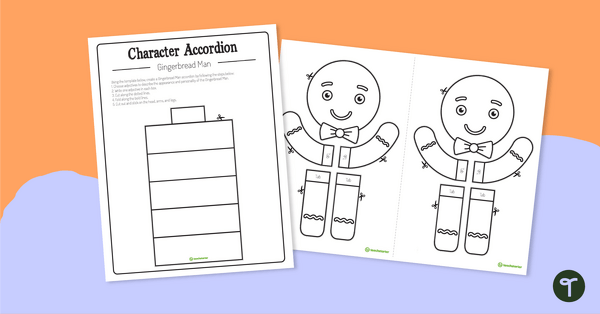
Character Adjective Concertina Template – The Gingerbread Man
Learn how adjectives can be used to describe a character's appearance and personality with a hands-on craft activity aligned to the English curriculum.
- Plus Plan
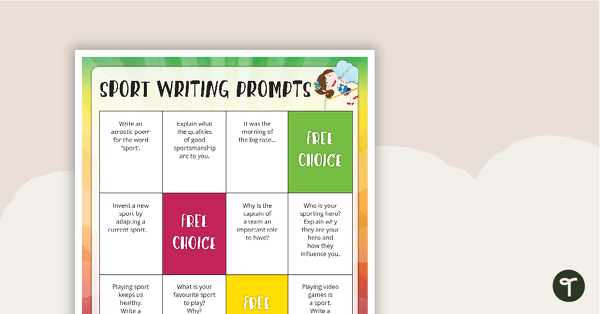
Sport Themed Writing Prompts
Ten sport themed writing prompts for the middle and upper years.
- Plus Plan
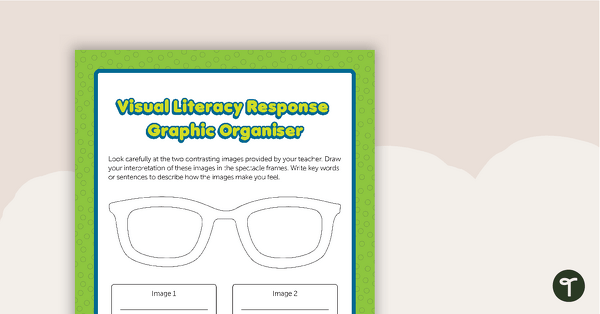
Visual Literacy Graphic Organiser
A worksheet to use when responding to images during visual literacy activities.
- Plus Plan
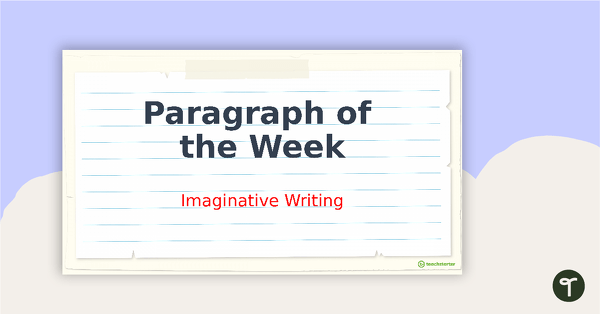
Paragraph of the Week PowerPoint - Imaginative Paragraphs
A Paragraph of the Week PowerPoint presentation to use when setting up this writing strategy in your classroom.
- Plus Plan

Biography Sentence Starters
Biographies can be interesting and fun to write... with a little bit of inspiration and help to get them started!
- Plus Plan
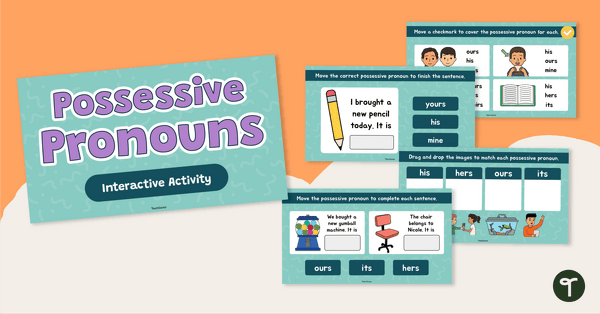
Possessive Pronouns Interactive Activity
Use these digital possessive pronouns exercises in your grammar lessons to give your students practice in using these essential parts of speech.
- Plus Plan
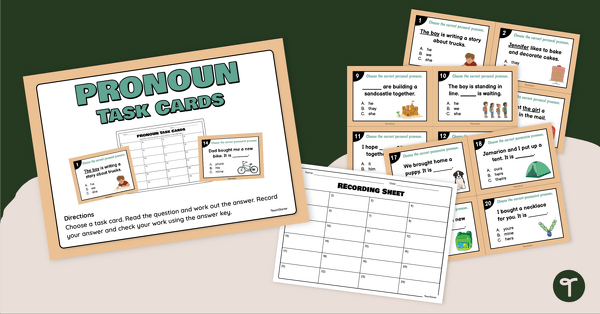
Pronoun Task Cards
Get your students to practise using pronouns with this set of task cards perfect for literacy groups.
- Plus Plan
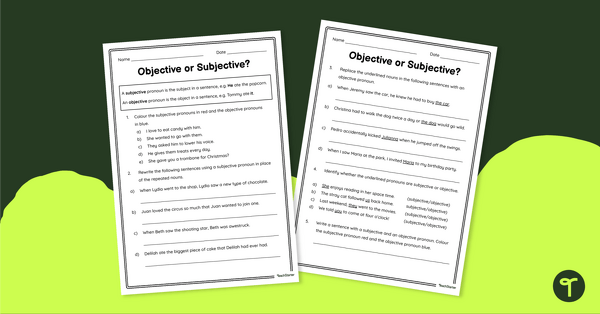
Subject and Object Pronouns Worksheet
Download this 2-page worksheet to get your students using objective and subjective pronouns.
- Plus Plan
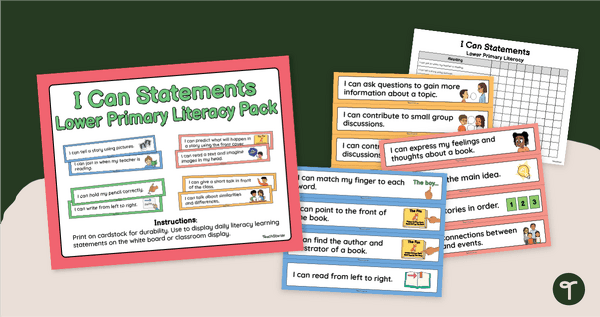
'I Can' Statement Cards - Lower Primary Literacy
Highlight your classroom learning targets with printable 'I Can' Statements for lower primary students.
- Plus Plan
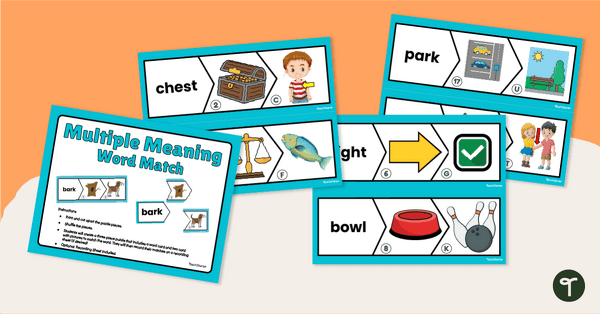
Multiple Meaning Match-Up Cards
Determine the meaning of multiple-meaning words with an engaging Vocabulary Card Game.
- Plus Plan
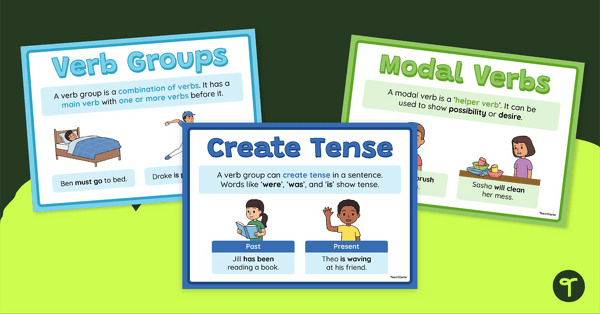
Verb Group Posters
Guide your students to be better writers with this verb group poster set to display in your classroom.
- Plus Plan
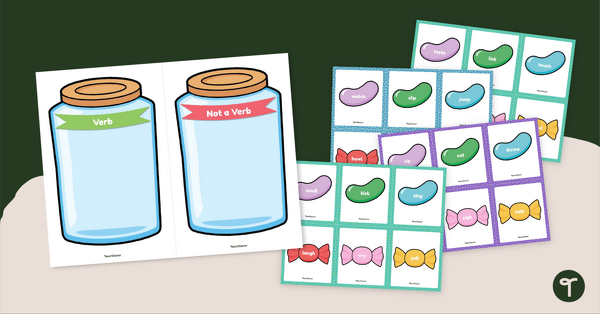
Verb or Not Sorting Activity
Allow students the opportunity to show their verb awareness with this verb or not a verb lolly sorting activity.
- Plus Plan
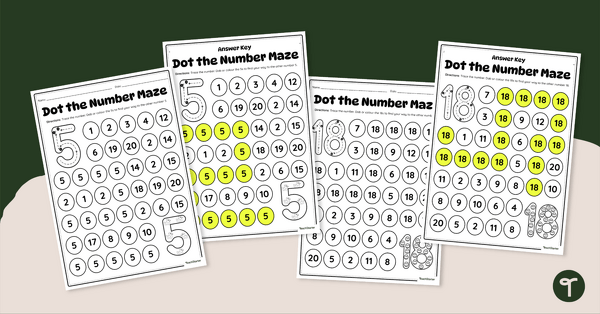
Number Recognition Printable Dot Maze Pack
Utilise these number recognition printable worksheets to help your students identify the numbers 1 through 20.
- Plus Plan
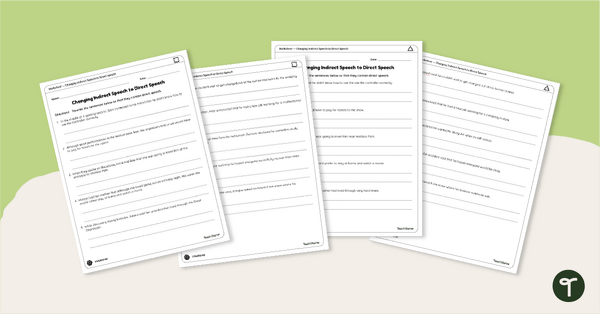
Changing Indirect Speech to Direct Speech Worksheets
Practise converting indirect speech to direct speech with this worksheet.
- Plus Plan
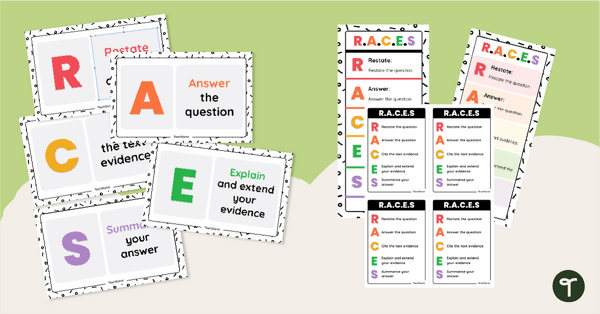
R.A.C.E.S Writing Strategy Checklists & More
Help your students write quality constructed responses with printable R.A.C.E.S. writing checklists.
- Plus Plan
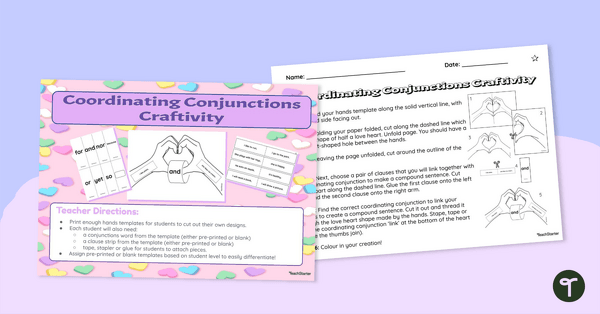
Coordinating Conjunctions Craft and Writing Activity
Encourage your students to get hands-on with this highly visual representation of coordinating conjunctions and the role they play in linking two ideas in a sentence.
- Plus Plan
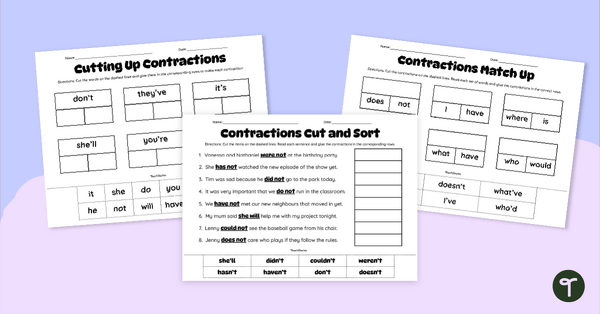
Contractions Cut and Paste Worksheet Pack
Cut up contractions and practise putting contractions together with this set of cut and paste worksheets.
- Plus Plan
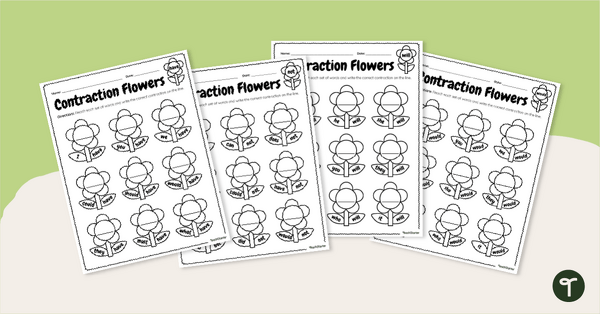
Contraction Flowers Worksheets
Work on contraction knowledge with this set of flower-themed contraction worksheets.
- Plus Plan
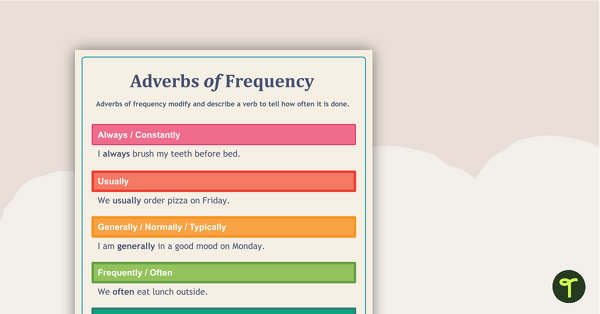
Adverbs of Frequency Poster
Use this eye-catching poster in your primary classroom when teaching children about adverbs of frequency.
- Plus Plan
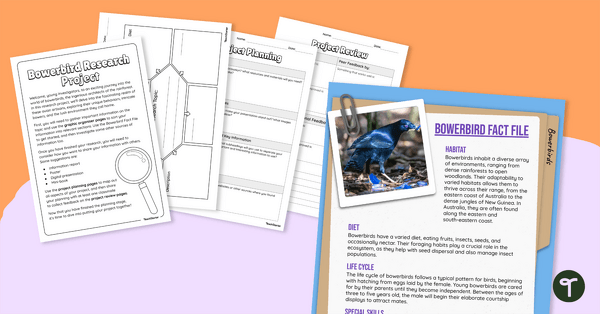
Bowerbird Fact File and Research Project
Research the amazing bird that is the Bowerbird with this fact sheet and research templates ready to go.
- Plus Plan
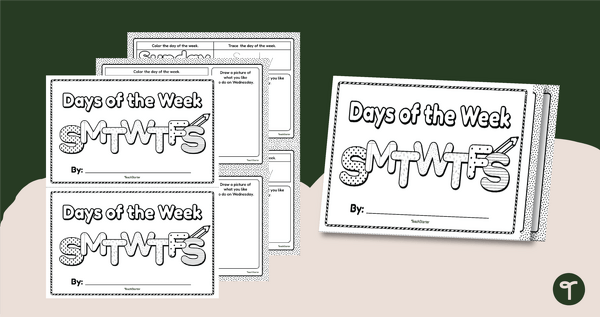
Days of the Week Mini Book
Create a Days of the Week Booklet to help your students identify, sequence and spell the days of the week.
- Plus Plan

Persuasive Device Definitions – Match-Up Worksheet
Have students match the persuasive devices with their definitions using this simple one-page worksheet.
- Plus Plan
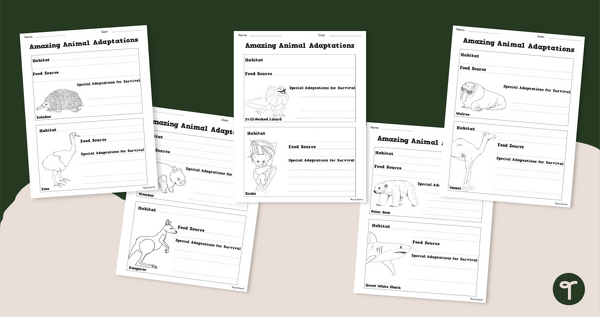
Australian Animals — Adaptations Worksheets
Research and write about amazing animal adaptations with our Australian Animals Adaptation Worksheets.
- Plus Plan
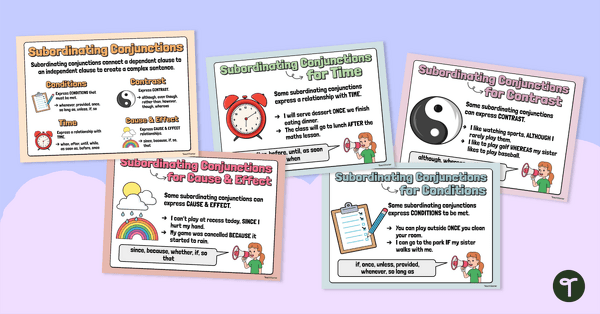
Subordinating Conjunctions Posters
Display this colourful and informative subordinating conjunctions poster set to remind your students of the functions and types of subordinating conjunctions!
- Writing Worksheets
- Writing Templates
- Writing Games
- Writing Posters
- Writing Teaching Presentations
- Writing Labels, Signs & Decorations
- Writing Word Walls
- Writing Projects
- Writing for Preschool/Kindergarten
- Writing for Foundation Year
- Writing for Year 1
- Writing for Year 2
- Writing for Year 3
- Writing for Year 4
- Writing for Year 5
- Writing for Year 6
- Writing for Year 7